Art World
What to Look Forward to at Miart 2018: The Educational, the Artistic, and a Bouncy Castle
Experimental gallery dialogues and a pneumatic Stonehenge come to the Milan fair this week.
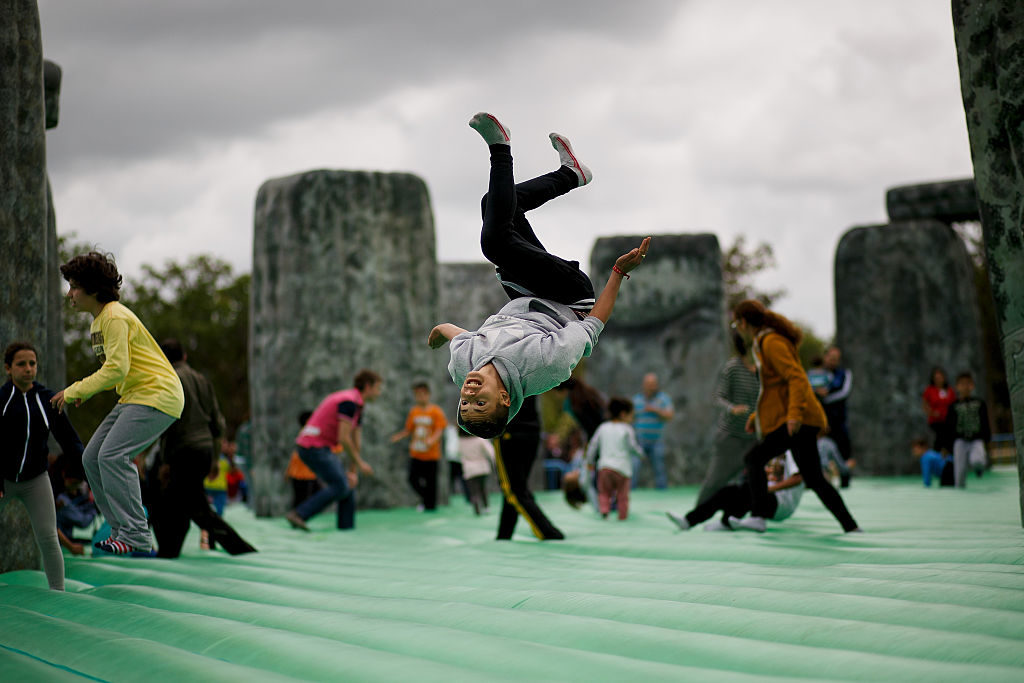
Experimental gallery dialogues and a pneumatic Stonehenge come to the Milan fair this week.

Naomi Rea

A corner of ancient England bounces into Milan this week, bringing a touch of British humor to Miart, the Italian city’s international art fair, which returns for its 23rd edition on April 13 (until April 15).
Specifically, Jeremy Deller’s bouncy Stonehenge, Sacrilege, an interactive, inflatable sculpture, has been brought to Milan by the Fondazione Nicola Trussardi. The delightfully cheeky work is only one attraction in what promises to be an action packed week of art for Milan.
Deller is also a highlight of Miartalks, the fair’s program of talks. Massimiliano Gioni, the Milan-based Trussardi foundation’s artistic director (in addition to being artistic director of the New Museum in New York), will be in conversation with the 2008 Turner Prize winner as part of the fair’s impressive talks program.
This year, Miartalks will feature more than 40 artists, curators, museum directors, writers, and architects, who will discuss the program’s central theme, “What Can We Imagine?” In the lead-up to the fair, we spoke to the program’s curator Fatoş Üstek, who was also recently appointed the new director of DRAF London, and is overseeing Miartalks.
“I’m looking, as you can see from the theme, to explore what is the institutional imaginary, and what is the social imaginary, a term put forward Cornelius Castoriadis,” explains Üstek. “I’m looking at how we as curators operate within a specific locality and in a specific culture. How do we tune into the realities of different groups of people?”
Aside from Deller, artists Tobias Zielony and Andrea Bowers will also speak, as well as Walid Raad, who will take part in a timely conversation with Witte de With director Sofía Hernández Chong Cuy about creating new narratives in Western art history.
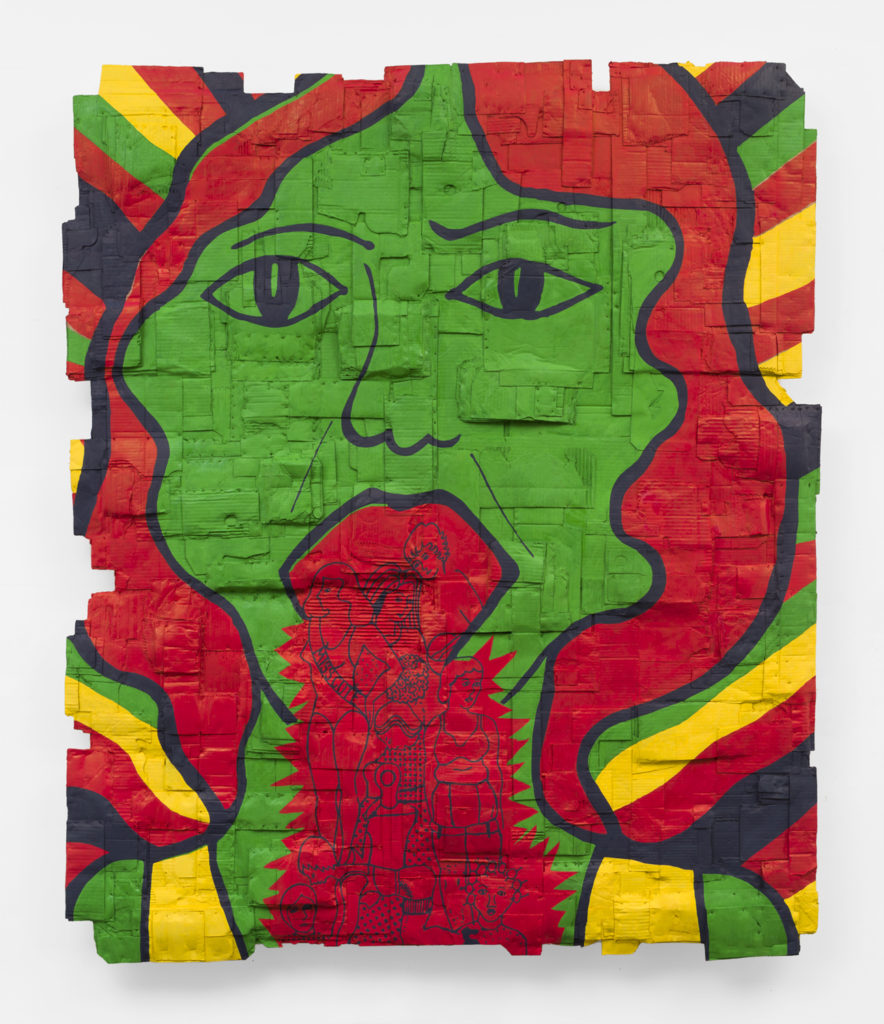
Andrea Bowers , Protest (1973/ 2017). Courtesy of the artist and kaufmann repetto Milano / New York Photo: Ed Mumford.
Curators Sara Raza and Defne Ayas will be discussing how geographical and cultural alliances inform art institutions today with the director of Kunsthalle Wien, Nicolaus Schafhausen. Also on the schedule, Manifesta director Hedwig Fijen will present a special showcase about the upcoming Manifesta 12.
“I’m also looking forward to the conversation between Shumon Basar, Chus Martinez, Mark Rappolt, and Nikola Dietrich that is chaired by Osei Bonsu,” says Üstek. “It’s an amazing line-up. I’m asking them to really bring in the educational, the non-educational, the artistic, institutional practices, and also creative practices, to help us really tap into what made them who they are today, and elaborate on the forces of imagination that they operate.”
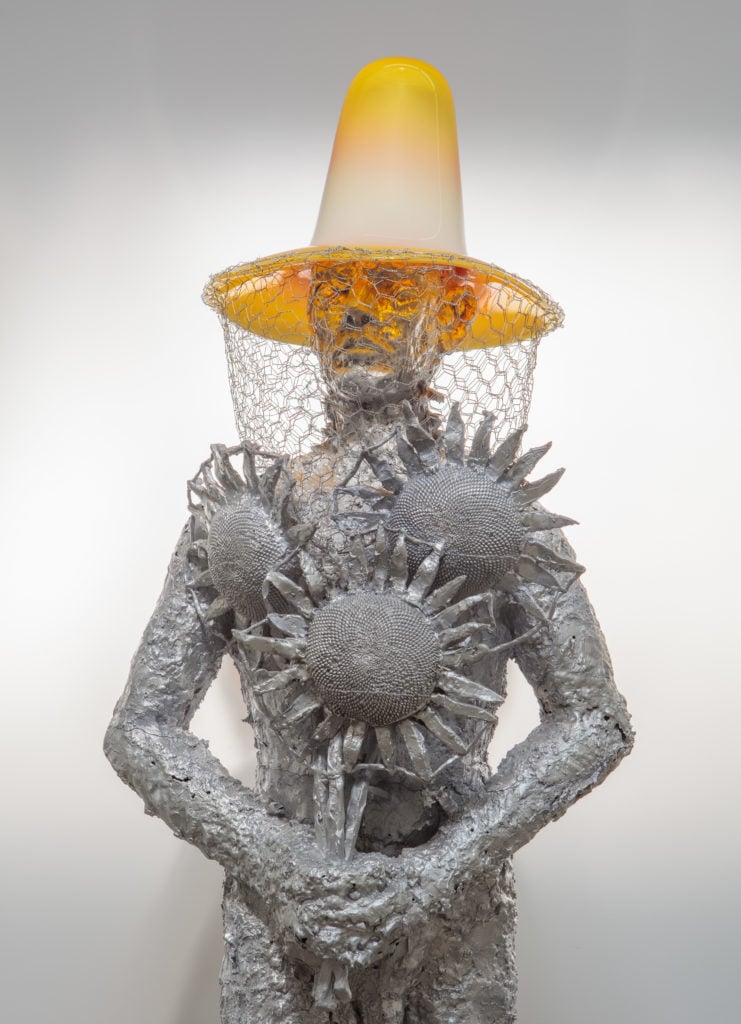
Jean-Marie Appriou, Apiarist (2016). © Stan Narten, courtesy of the artist and CLEARING New York, Brussels.
The 2018 edition of the fair, titled “The Present Has Many Histories,” is led for the second year by Alessandro Rabottini. The 2018 edition will feature 184 galleries from 19 countries, a five percent bump in participants from last year.
Sixty-one galleries are making their Miart debut, including Thomas Dane, Gagosian, Edouard Malingue, and Almine Rech. The fair showcases a wide span of works dating from the beginning of the 20th century to today, focusing on both the historical roots of the present era as well as contemporary experimentation.
Returning to the fair from previous years are, notably, galleries like Bortolami, Clearing, and Jocelyn Wolff, as well as several Milanese stalwarts, A Arte Invernizzi, Kaufmann Repetto (which also has a New York City branch) and Giò Marconi, among others.
There will be seven sections to the fair, each of which has a prize including €4,000 for the best emerging gallery. The Fondazione Fiera Milano has also committed to acquiring €100,000 worth of art at the fair.
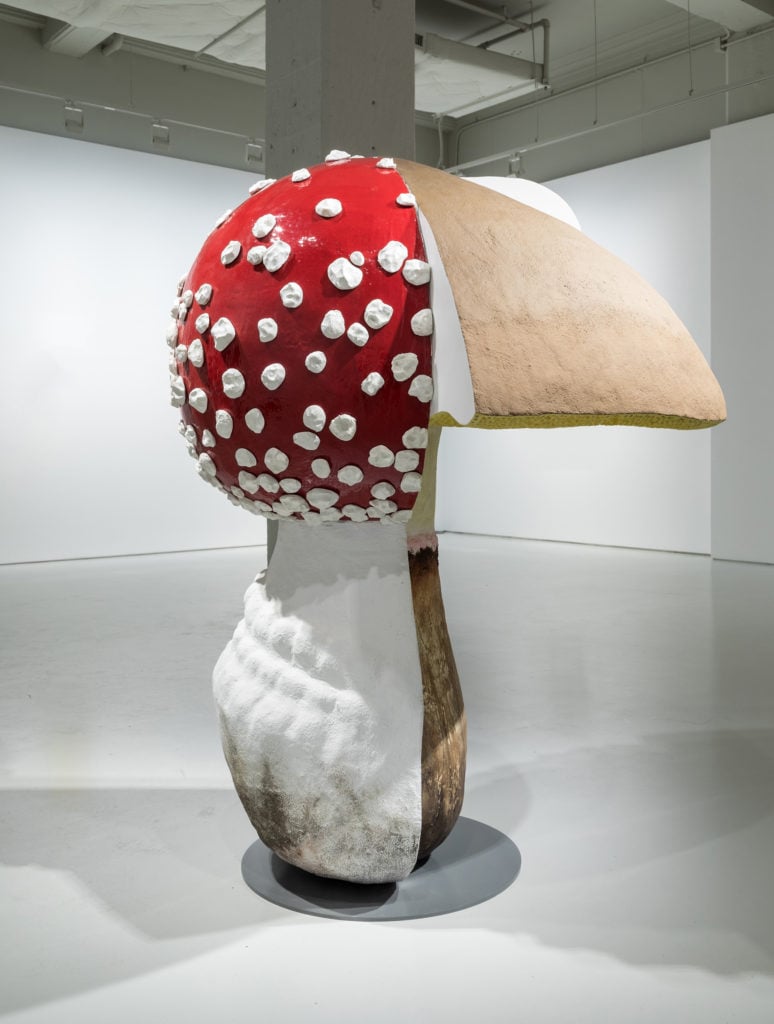
Carsten Höller, Giant Triple Mushroom (2017). Photo by iMAGE28, courtesy Massimo De Carlo, Milan/London/Hong Kong.
“Established Contemporary” features 79 galleries specializing in contemporary art, including a solo exhibition by Carsten Höller staged by Massimo De Carlo. In another section, “Established Masters,” 45 galleries will show historic artists up to the 1990s, with Il Ponte gallery from Florence devoting a tribute to the late sculptor Mauro Staccioli, and Michael Werner giving space to the conceptual painting of Per Kirkeby.
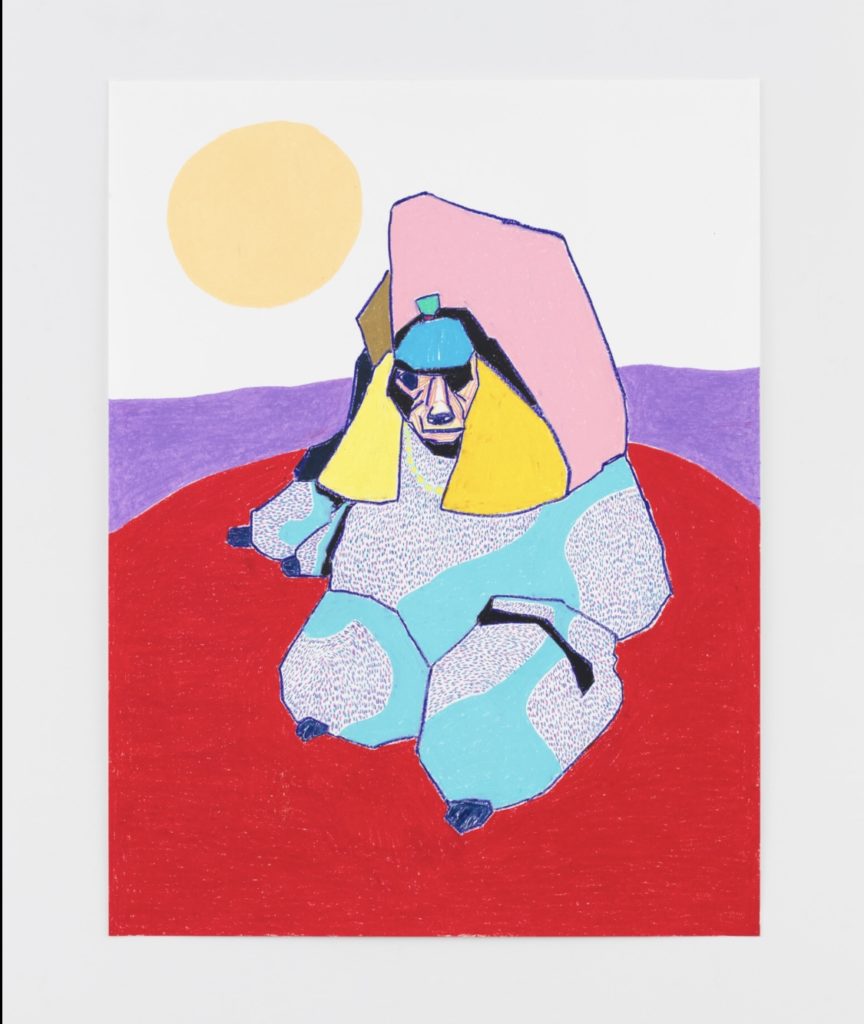
Susumu Kamijo, Poodle by the Purple Sea (2017). Photo Dan Bradica, courtesy the artist.
The “Emergent” section will feature 20 international galleries, more than half of which are newcomers to the fair. At Ermes-Ermes, the work of Nick Bastis will be in dialogue with Diego Marcon’s cinematic interventions and the drawings of Lorenzo Guerrini. Playful drawings by Susumu Kamijo will move to the fore at Stems.
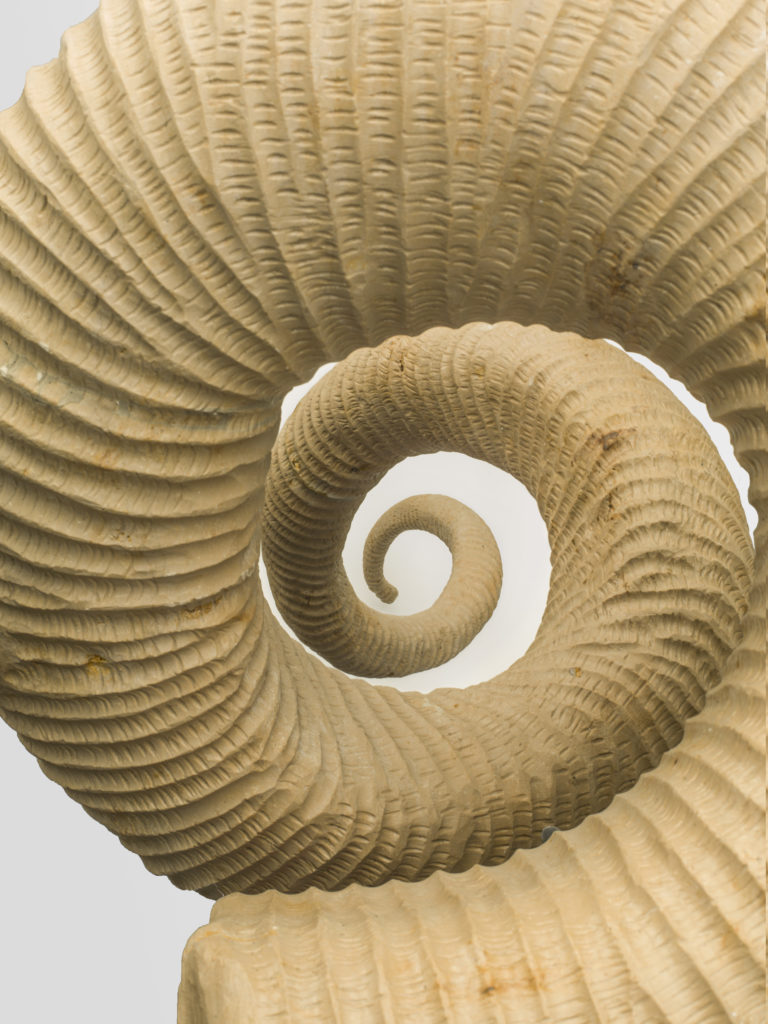
Alicja Kwade , Taxa-Dilation (2017). Photo Roman März. Courtesy the artist and KÖNIG GALERIE.
Two additional sections, “Generations” and “Decades,” offer innovative formats. In “Generations,” galleries are invited to pair up and create dialogues between artists of different generations. Thus, work by the US artist Sterling Ruby will be juxtaposed with post-war master Alberto Burri, courtesy of Gagosian and Mazzoleni; Alicja Kwade’s sculptural works are contrasted to Luisa Lambi’s photographs at König and Thomas Dane; and Cornelia Parker will be presented in dialogue with Claudio Parmiggiani at Art Bärtschi & Cie and Bortolami.
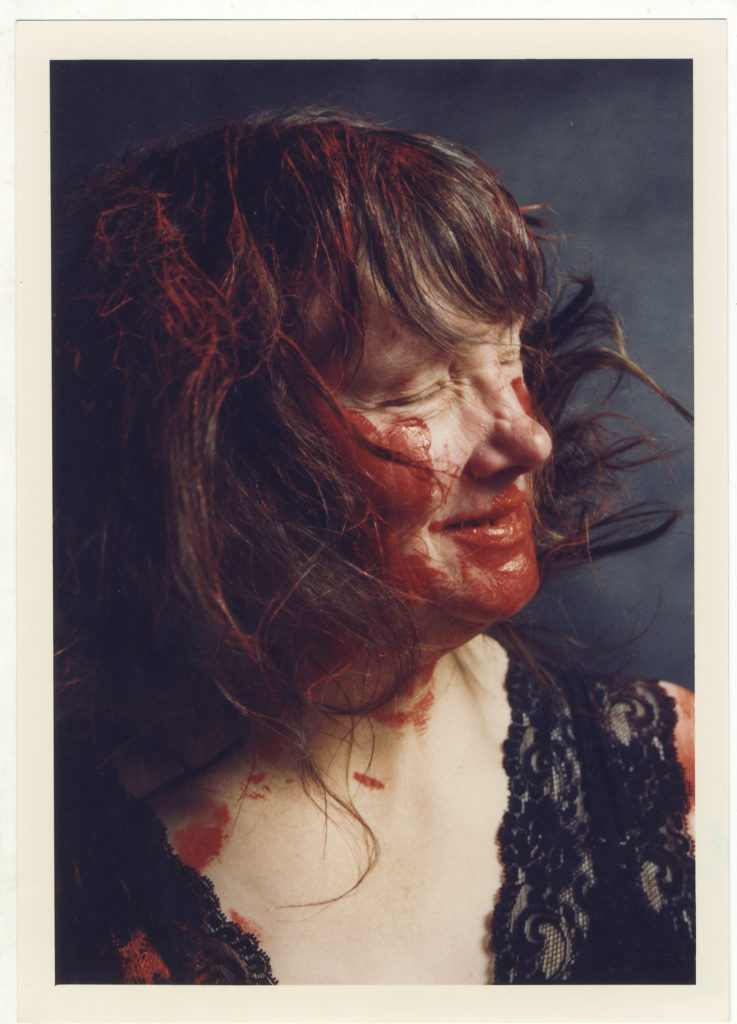
Jo Spence, Libido Uprising (1989). Copyright The Estate of the Artist, courtesy Richard Saltoun Gallery.
“Decades,” meanwhile, will feature nine galleries, each devoted to a decade of the 20th century. Highlights are the 1990s, where Jo Spence reigns at Richard Saltoun, and the 1920s, where Käthe Kollwitz, one of the rare female champions of early German expressionism, gets a solo show.
The final two Miart sections are “On Demand,” a general section featuring site-specific and interactive works, and “Object,” the section devoted to design.
Outside the fair, Milan’s buzzing art week will be in full swing. Aside from Deller’s bouncy castle, highlights include the public opening of the newly completed tower at the Prada Foundation, which is also hosting a show of Norwegian artist Torbjørn Rødland curated by Hans Ulrich Obrist and Amira Gad.
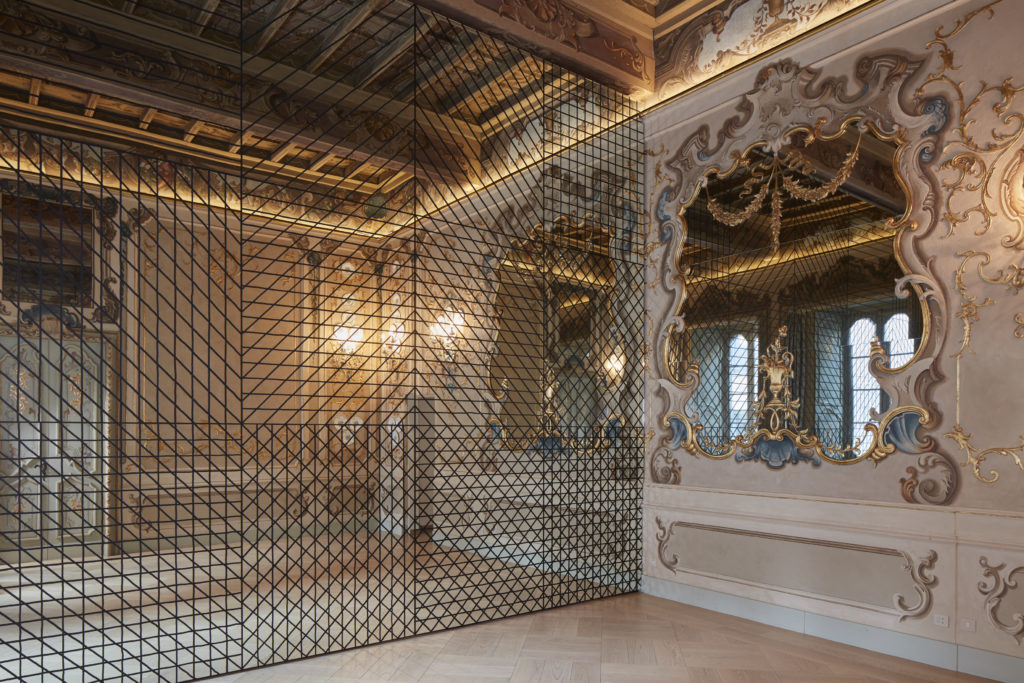
Sol LeWitt, Wall Drawing #1104: All combinations of lines in four directions. Lines do not have to be drawn straight (with a ruler) (2003). First drawn by: Toon Verhoef. First installation: Edams Museum, Edam, NL, September 2003. Courtesy Estate of Sol LeWitt.
Elsewhere, the final installment of the Guggenheim UBS MAP Global Art Initiative is on at the Galleria d’Arte Moderna, focusing on North African and Middle Eastern contemporary art, and a new site-specific project by Jimmie Durham called “Labyrinth” will be on show at Fondazione Adolfo Pini.
Chinese art is also taking center stage at the FM Centro per l’Arte Contemporanea, while Francesco Stocchi and Rem Koolhaas are curating a Sol LeWitt show at the Fondazione Carriero.
Miart runs from April 13 through April 15 at Fieramilanocity Pavilions, Milan.